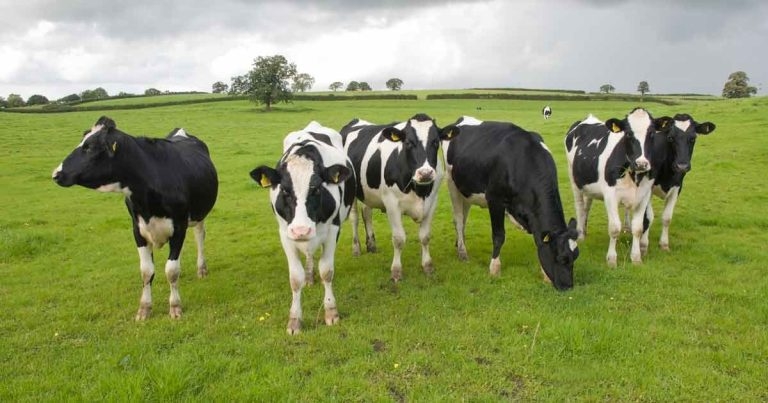26 Feb 2020
“This project will be of huge benefit to the industry as we currently don’t know how many farms have ongoing M bovis-associated disease and which farms are more or less at risk” – Jessica Ireland-Hughes, SRUC.

Image © Sorensen / Adobe Stock
Scientists running a new study to better understand the way Mycoplasma bovis spreads in cattle have called for help from farmers.
With limited knowledge available on the distribution of M bovis throughout Scotland and how it may be spreading within and between farms, the veterinary services team at Scotland’s Rural College (SRUC) is looking for Scottish dairy farms to participate in a year-long study.
The study will consist of bulk tank milk sampling and a short questionnaire on general herd management. Throughout the project, participating farms will be provided with their own results via their registered veterinary practice.
Evidence suggests milk and colostrum from infected cows is also a source of infection to calves and semen from infected bulls has also been identified as a possible route of spread.
A unique feature of M bovis is the absence of a cell wall, which means some commonly used antibiotics, such as penicillin, don’t work. M bovis can also alter its structure, allowing it to evade the cow’s immune system.
Animals that recover from infection may become carriers of the pathogen, but the existence of this carrier state is poorly understood.
Project lead Jessica Ireland-Hughes from SRUC Veterinary Services said: “This project will be of huge benefit to the industry as we currently don’t know how many farms have ongoing M bovis-associated disease and which farms are more or less at risk.
“There is currently no national control scheme in place for this disease, and the results of this project will help develop more structured control plans to limit spread between and within herds, help manage the welfare and economic effects, and reduce the reliance on antimicrobials.”
For more information, email [email protected]